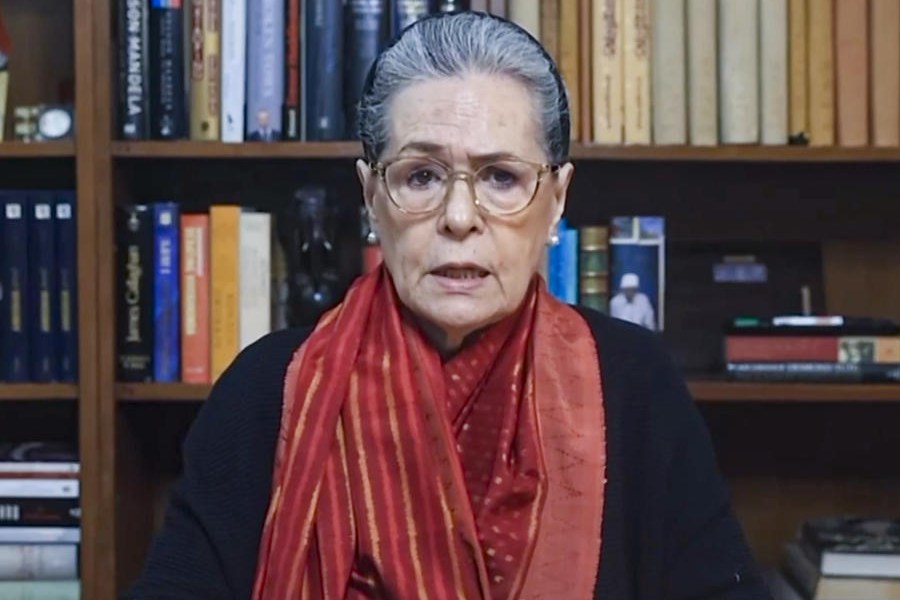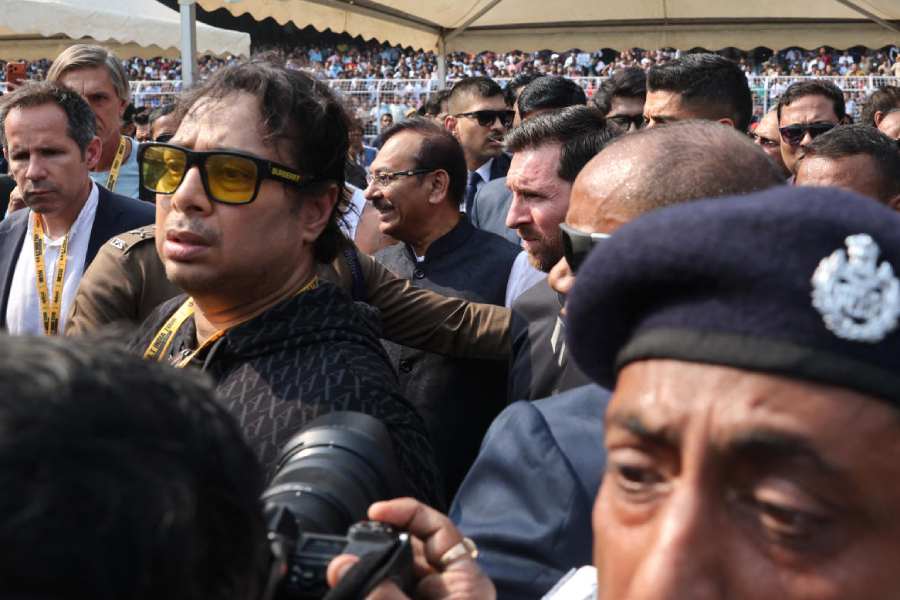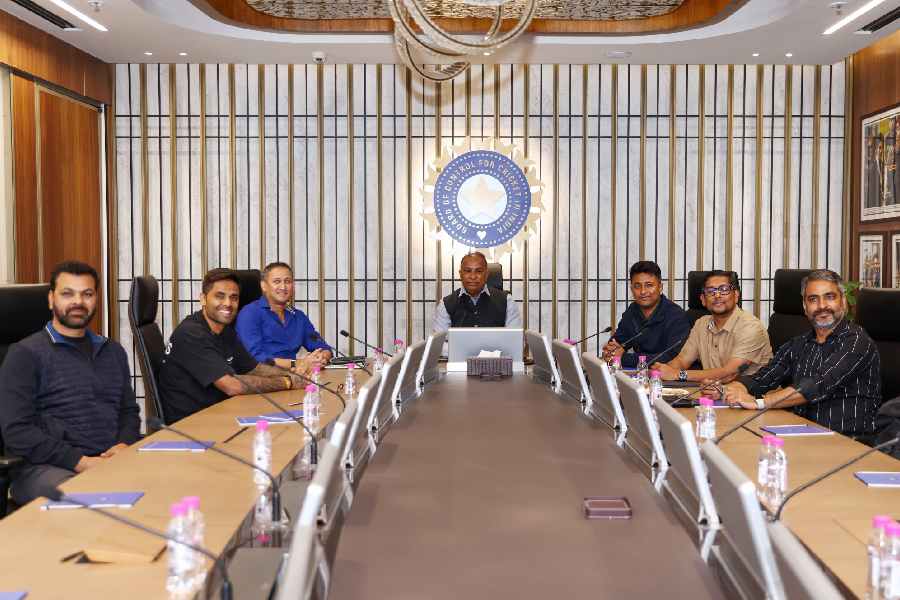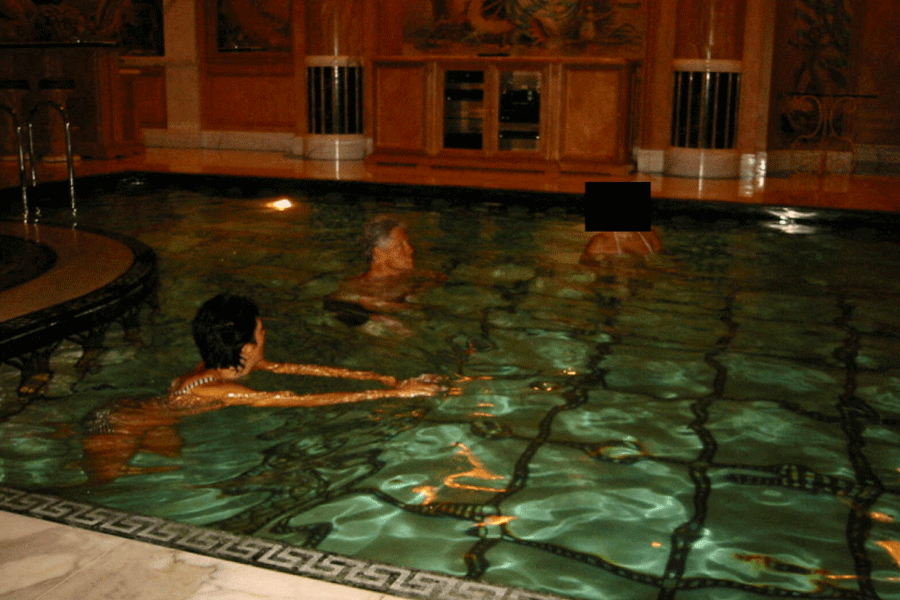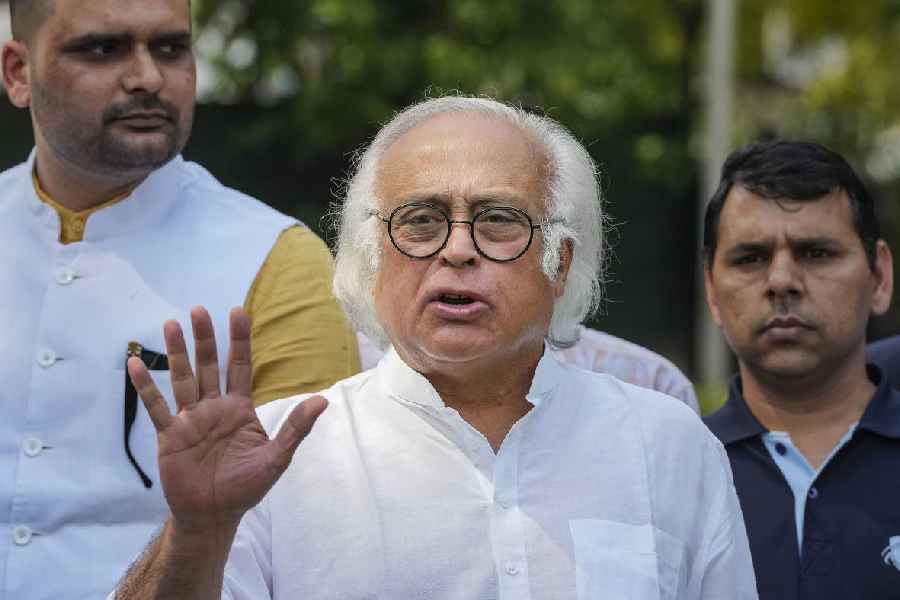 |
 |
 |
| The Happy Hands Foundation led by Medhavi Gandhi retails handicrafts like these colourful cloth and bangle bags (top) made by the craftsmen from leftover cloth; Ritika Mittal’s USP is mixing and matching the rare weaves of India in her line of saris, dupattas and skirts |
It was a flamboyant way to promote arts and crafts. Last Diwali craft entrepreneur Medhavi Gandhi brought together giant multinational Coca-Cola and Warli artisan Ganpath and artist Nitin Dabholkar for corporate event with a difference. Ganpath and Dabholkar painted a 10-ft high terracotta Coke bottle using Warli art with images of contemporary life.
This year Gandhi, who runs a crafts boutique in the capital, is hoping to bring a touch of arts and crafts to the wide avenues of Delhi. She’s putting together a project called Capital D to commemorate the 100th anniversary of the shift by the British from Calcutta to the city. Her project involves putting up umbrellas decorated with Gond art at different public spots in the city. Says Gandhi: “Colourful Gond art will be used to depict the seasons of Delhi.”
In Mumbai, entrepreneur Neha Gandhi, 35, is taking a different route to bring together urban folk and indigenous artisans. At one level, her online store Matsya retails an array of products from jadu patta paintings from West Bengal, art and craft from Kutch, Madhubani paintings and hand-painted terracotta lamps. On an entirely different note, she’s also taking small groups on guided craft tours of Kutch. “Besides retailing I am now focusing on helping the artisans to develop products to suit modern tastes,” she says.
Both Medhavi Gandhi and Neha Gandhi are part of the growing tribe of entrepreneurs who are trying to combine craft traditions and a dash of commerce — though they firmly insist that they aren’t in it for the moneymaking. Instead, they aim to help artisans from all over the country, by making them aware of the latest national and international trends and what will sell.
“The primary objective is that these artisans should be given the right training for skill development so they can come out with products suited to market needs,” says Nupur Bahl, head of Policy and Advocacy group at the All India Artisans and Craftworkers Welfare Association, Delhi (AIACA).
For Mumbai-based Ritika Mittal, 27, it’s all about preserving India’s textile traditions. She has set up Mora, an online textile store and she is experimenting with mixing and matching various weaves from across the country. So, for instance, she has put together phulkaari and kantha work. Similarly, she has combined venkatgiri and maheshwari with mulmul and chanderi. She insists that it’s all about preserving weaving traditions. “We are not a mechanised textile shop and want to stay away from big box retail madness,” says Mittal who was with the media for 12 years.
 |
 |
| Sudip Datta works with 2,000 artisans across five states in India to revive dying arts like kalamkari and Madhubani paintings; (above) terracotta, dokra, kalamkari and Longpi pottery find a place in Swati Seth’s line of accessories, home decor and utility items Pix by Jagadeesh NV |
Her latest collection has brought together lesser known textile complex weaves and yarns of the Northeast — theri and muga silks, rhimai weaves of Dimasa, ghai and jonai from Majuli and Dhemaji matched with base fabrics of chanderi, mulmul and kalamkari. She says: “The tradition of weaving with cotton is dying as many weavers there are taking up synthetic yarn which is unfortunate. My objective is to seek the lost tradition of cotton and silk weaves.”
Mittal is going to great extents to create innovative products. The borders are intricately woven in the Northeast, some taking months to finish. After this they are packed off to her mother in Jalalabad in Punjab where they are handed over to a group of nine women who stitch them on saris and dupattas. About 10m to 12m of borders are used on each sari while the dupattas require about 20m. The saris are further embellished with beadwork, patchwork and lace. “The weavers in the Northeast cannot weave a whole sari because the traditional looms are smaller,” she says. Prices of saris start from Rs 7,000 onwards and rare pieces with more intricate designs are priced at around Rs 60,000.
Swati Seth has gone one step further than most entrepreneurs. She isn’t just snapping up products created by independent craftsmen. She’s getting them to create objects to her specifications. She works with a wide range of crafts like terracotta from West Bengal, Madhubani from Bihar, pattachitra and dokra from Orissa, basketry and Longpi pottery from Manipur, charamkari and kalamkari from Andhra Pradesh in her fashion accessories, home decor, home furnishing and utility items. “Since we are into customisation there are no two identical pieces,” she says.
Seth retails her products under the label Color Caravan from lifestyle stores in Mumbai, Gurgaon and Bangalore. She also sells selected items on Facebook. “We are not a regular e-commerce module. We use e-mail to take online orders which makes the interaction with our customers a little more personal,” she adds.
For Sudip Datta, a graduate from BITS Pilani, getting into the crafts entrepreneurship game was a huge leap in an entirely different direction. After graduating from BITS Pilani, Datta was working in IT sales in a technology firm in the United States. But he was motivated by a mix of concern for handicrafts and the realisation that there was a clear business opportunity in the sector. Says Datta: “The idea germinated when I was still in the US and was on the lookout for Indian handicrafts. I researched the area and came to the conclusion that there was a gap in this sector which we could plug with our business model.”
 |
 |
| Dakshyani Gowda runs Sanchali, an organisation that apart from a travelling museum also retails cloth jewellery, made by rural women, from lifestyle stores in Mumbai, Delhi, and Bangalore; (above) Neha Gandhi not only has an online store, Matsya, but has also launched a craft-tour book and is working on documenting traditional art Pix by Gajanan Dudhalkar |
Last year Datta started Aporv an online portal for Indian handicrafts that works closely with 2,000 artisans spread across five states in India and offers an array of products like kalamkari and Madhubani paintings, blue pottery coasters, bidri trays, kondapalli wooden toys, kinaura jewellery and bamboo bags. Prices range from Rs 300 to Rs 9,000. Datta travelled round the country for many months when he was putting the business together.
For Bangalore-based Dakshyani Gowda, 23, the motivation for getting into business in a small way was to fund her other educational activities. Gowda has created a retail line of low-cost jewellery made from leftover cloth that is picked up from tailoring shops. The jewellery project is part of her women empowerment project where the jewellery pieces are handcrafted by women in Karnataka villages. The jewellery is priced between Rs 350 and Rs 400 and is retailed from various lifestyle stores in Mumbai, Delhi and Bangalore.
But the money from the jewellery sales is used for her efforts to educate children in rural Karnataka about the ancient arts and crafts of the Indus Valley civilisation. Her organisation Sanchali runs a travelling museum that goes around the villages of Karnataka and tries to educate rural children about the craft heritage of the Harappan period. A room in a village school is transformed into a museum complete with Indus Valley artefacts (like pottery, jewellery, toys and so on).
Inevitably, such ventures are mostly self-financed. And these entrepreneurs try to plough most of the profits back into the business — or alternatively use the cash to fund their other programmes. Medhavi Gandhi says that 60 per cent of the profits of the Happy Hands Foundation goes to the artisans. And Mittal says all the cash is used to further the business. On a different level, Gowda uses the money for her other projects. “The profit from the jewellery sales is pumped in to the travelling museum programme. The money is used for transportation, paying craftsmen to make terracotta products, buying colour pencils, and clay,” she says.
Inevitably, dealing with rural artisans means that these entrepreneurs have to travel to the remotest corners of the country. Mittal travels extensively to the interiors of the Northeast for nine months in a year. In fact, her online sales take place only in the three months when she is back in Mumbai. She says: “Winning the confidence of these simple people is my first criteria. I use local transport, live in the tribal huts with the weaver families for months and even help them in their domestic work.”
Similarly, Medhavi Gandhi too will be going to Orissa in the coming months to look for design collaborations with artisans there and to Gujarat in January. She also has a women empowerment project called Dor which aims to teach a craft to rural women. The products these women make are sold from her retail unit at Hauz Khas Village in Delhi.
Almost all of them have ambitious plans for the road ahead. Neha Gandhi, for instance is looking to scale up her business by launching an e-commerce portal and also tying up with lifestyle stores across India. Mittal, however, is looking at extending her cultural activities and will start work on shooting a documentary in the coming months on the craftspeople of the Northeast. Gowda wants to extend her jewellery line and design a line of belts, fridge magnets, bags and stoles.
For these young entrepreneurs it’s tough to get the balance right. They are striving to keep urban customers happy and also do the best for the rural artisans who work for them. But if they do get it right, they have the satisfaction of knowing they are keeping alive traditions that have endured over centuries and also creating unique products that are finding buyers.


